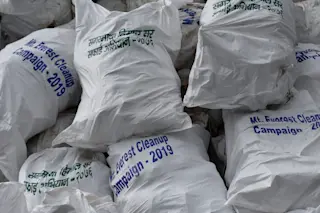that has been spreading across Hungary all week after an alumina plant accident on Monday is far from contained, and five deaths have been attributed to the wave of toxic sludge so far. Responders there say, however, that at least the worst has been avoided. The blue Danube turned red? After the spill began spreading, the concern that jumped off the page when you looked at a map was that the stuff would reach rivers that feed the Danube. Europe's second-longest river (after the Volga in Russia) weaves its way past Hungary through Croatia, Serbia, Bulgaria, Romania, Ukraine, and on into the Black Sea. Indeed, parts of the spill reached the Danube on Wednesday, but Hungarian responders say today that pH of the main river is just over 8, down from about 9 when the material first arrived. Neutral pH is 7, but a range of about 6.5 to 8.5 ...
Hungary's Toxic Spill Reaches the Danube, but River May Escape Harm
The toxic sludge flood from Hungary's alumina plant threatens wildlife and raises fears of Danube river contamination. Learn more.
More on Discover
Stay Curious
SubscribeTo The Magazine
Save up to 40% off the cover price when you subscribe to Discover magazine.
Subscribe












